TENSILE TESTING MACHINE
MAKE DINESH SCIENTIFIC
DESCRIPTION:
A device used to test the tensile strength and compressive strength of materials is called a tensile testing machine, or universal testing machine (UTM). Below is a comprehensive explanation of its main elements and operations:
LOAD FRAME:
- The main structure that supports the machine. It consists of two vertical columns and a horizontal crosshead.
- The crosshead moved up and down to accommodate different sizes of test specimens.
LOAD CELL:
- A transducer that converts force into an electrical signal. It measures the amount of force applied to the specimen.
- Load cells are available in different capacities to suit various testing requirements.
GRIPS/FIXTURES:
- Devices used to hold the specimen in place during testing.
- Various types of grips are available depending on the material and shape of the specimen, such as wedge grips, pneumatic grips, and vice grips.
CROSSHEAD:
- The movable component of the machine that applies tension or compression to the specimen.
- It is driven by a motor, hydraulic system, or screw mechanism
EXTENSOMETER:
- An optional accessory used to measure the change in length of the specimen with high precision.
- It is used to determine strain and calculate material properties like Young’s modulus.
CONTROL SYSTEM:
- The interface that allows the user to set test parameters, control the movement of the crosshead, and record data.
- Modern machines use computer-based systems with software for data acquisition and analysis.
SAFETY FEATURES:
- Safety shields and emergency stop buttons to protect the operator during testing.
- Overload protection to prevent damage to the machine and specimen.
TECHNICAL DETAILS:
| Model | DS-906 |
| Features | Sensing through advanced electronics |
| Advanced Load Sensor | Highly sensitive |
| Load Sensor Sensitivity | Rugged and robust |
| Body | Twin column for extended protection and precision |
| Structure | Safety limit switches for over travel safety |
| Safety Features | Highly accurate micro-controller based |
| Control System | Available |
| Peak Hold Facility | Microprocessor based, easy operation |
| Operation | Programmable |
| Control System | Lead screw |
| Mechanism | Mechanism for load cell protection |
| Overload Safety | Load vs. elongation (stress vs. strain) |
| Report Generation | Precise |
| Elongation Feature | Powder coated, corrosion resistant |
| Coating | Ergonomically designed |
| Design | Computerized inbuilt |
| Software | Pass/fail |
| Test Report Generation | |
| Specifications | ±0.5% of Load Cell Capacity |
| Accuracy | 25 mm to 700 mm |
| Travel Length of Grips | 1/5 HP, 1440 rpm, 1 phase power supply |
| Motor | Min 25 mm, Max 700 mm |
| Grip to Grip Separation | |
| Types of Grips (Optional) | Yes |
| Flexural | Yes |
| Compression | Yes |
| Plate Wedge Type | Yes |
| Roller Type | Yes |
| Vice Grips | Yes |
| Capacities Available | |
| 1000 kg | Least Count: 500 gm |
| 2500 kg | Least Count: 1 kg |
| 5000 kg | Least Count: 2 kg |





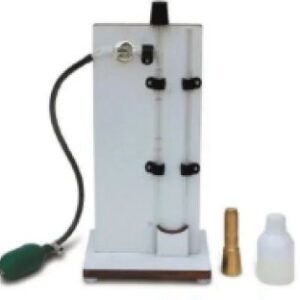
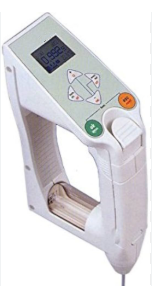
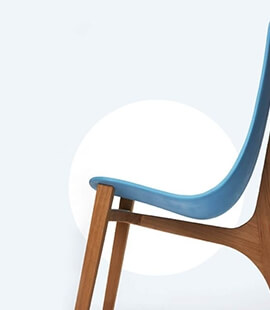
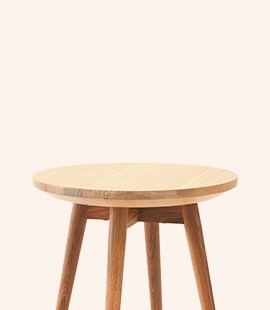


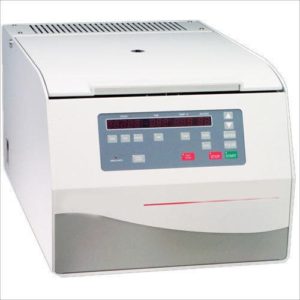
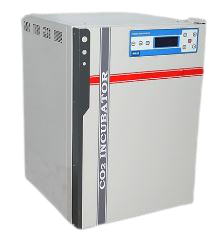

Reviews
There are no reviews yet.